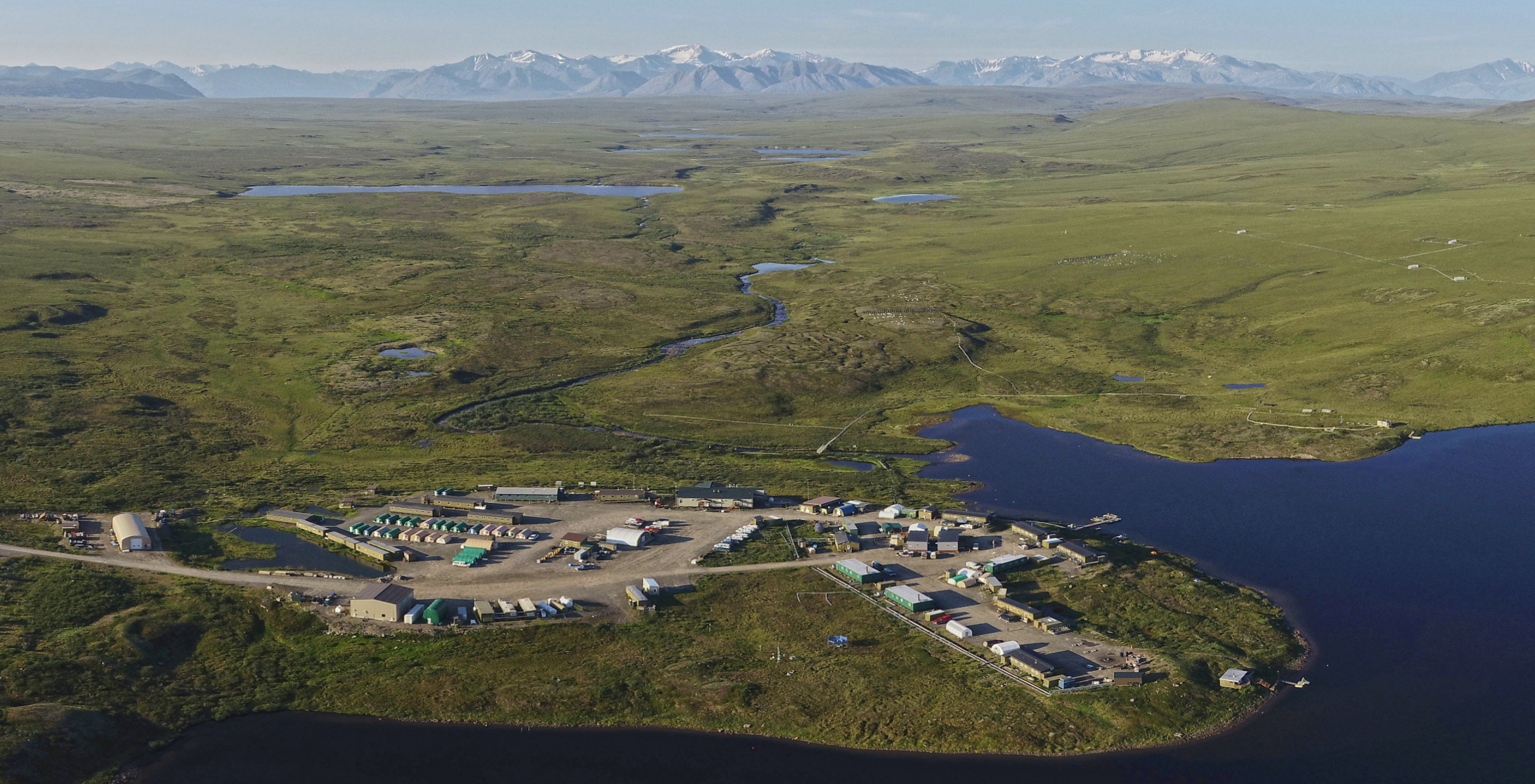Toolik Field Station receives another five years’ funding
Haley Dunleavy
907-474-6407
Aug. 2, 2022

Toolik Field Station lies in the northern foothills of Alaska’s Brooks Range in 2019. The station hosts up to 150 residents at a time and supports about 500 scientists annually with 11 laboratories, six dorms and a dining hall.
Toolik Field Station, the largest scientific research station in the Arctic, has received $19.7 million in funding from the National Science Foundation for five more years of operation.
Toolik, located 370 miles north of Fairbanks in the northern foothills of the Brooks Range, is operated by the University of Alaska Fairbanks Institute of Arctic Biology. It provides logistical, technical and research support to hundreds of national and international scientists and students each year. This fifth cooperative agreement supports Arctic research and education in response to the needs of the scientific community and public.
“Toolik Field Station has been a key location for Arctic research for many years,” said Syndonia Bret-Harte, the principal investigator for the award and a professor at IAB. “The importance of the Arctic to the rest of the world continues to grow as climate changes rapidly, and we expect sustained scientific interest in studying sites near Toolik.”
Since 1975, research at Toolik has advanced science’s collective knowledge of the Arctic and contributed to our understanding of the region’s disproportionate influence on global climate. Over 1,400 scientific articles have been published on research conducted at Toolik, including 56 articles in high-impact journals such as Science and Nature.
Scientists from a diverse array of fields, including ecology, physiology, space physics and atmospheric chemistry, flock to Toolik, despite its remoteness. Toolik also is a leader in combatting sexual misconduct at field stations and is often highlighted in national programs focused on creating safer, more inclusive fieldwork conditions.
“The Institute of Arctic Biology is immensely proud of the world-class research opportunities provided by the outstanding team and facilities at Toolik Field Station and is delighted to see its longstanding partnership with NSF continuing strong,” said Diane O’Brien, IAB’s interim director. “Toolik Field Station is a major contributor to UAF’s position as an international leader in Arctic research and is a great way to show researchers worldwide what Alaska has to offer.”
Originally awarded in 2000, the cooperative agreement enables Toolik to support critical research conducted by programs such as the Arctic Observing Network, Arctic Long-Term Ecological Research program and the National Ecological Observatory Network. Many have lasted for well over a decade.
Even in the darkest and coldest months, UAF staff remain at Toolik, either assisting researchers that make the trek north or, more commonly, collecting data themselves for scientists unable to travel to the station.
During the pandemic, requests for such remote access service skyrocketed. In response, the Toolik Spatial and Environmental Data Center increased its support for such services by nearly 10-fold. Toolik SEDC will continue its expanded remote access in this new round of funding. It also will enhance its capacity to capture high-resolution geospatial data via drones as increasingly more scientists turn to remote sensing to track the region’s response to a warming climate.
“Remote access will never replace the transformative value of an in-person research experience, especially for students,” Bret-Harte said. “But timely assistance from Toolik staff on-site can solve problems and maintain data collection, while reducing the cost — and carbon footprint — for researchers to come from far away.”
NSF also is investing in new infrastructure at Toolik to adapt to the growing number of research projects based there, including an improved shower facility and a medical clinic. These improvements will boost Toolik’s support for much-needed shoulder season and wintertime research.
“We are honored and humbled to serve the community of Toolik researchers and the public in partnership with the NSF,” Bret-Harte said.
ADDITIONAL CONTACTS: Syndonia Bret-Harte, msbretharte@alaska.edu. Co-investigators Brian Barnes, bmbarnes@alaska.edu or Marin Kuizenga, mckuizenga@alaska.edu. Amanda Young, SEDC’s manager, ayoung55@alaska.edu.
022-23


